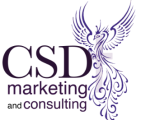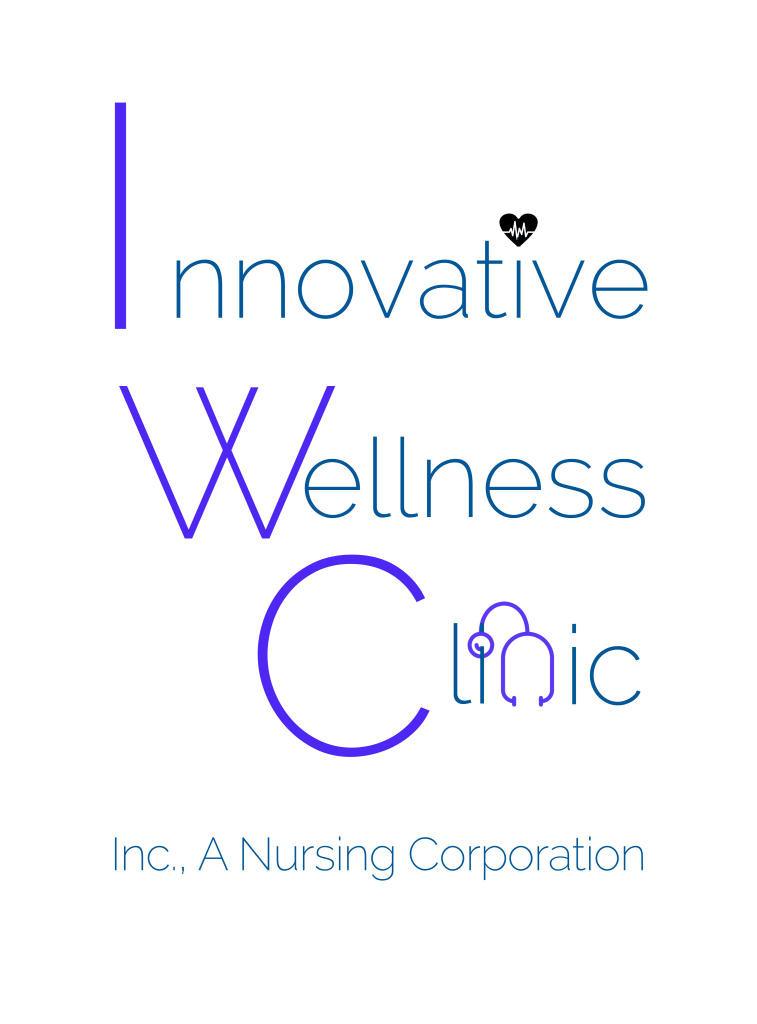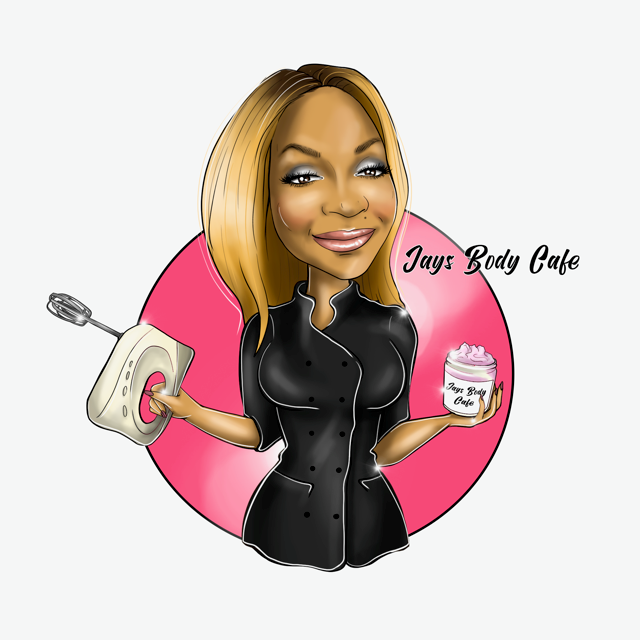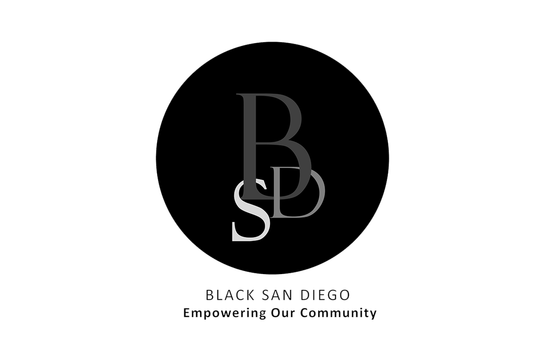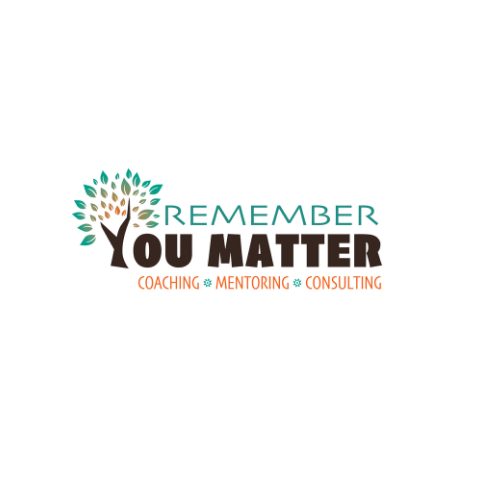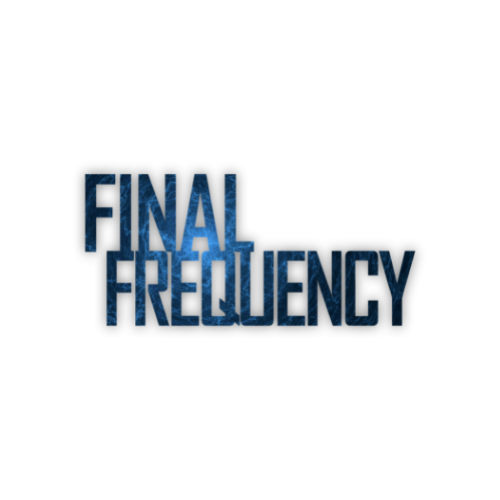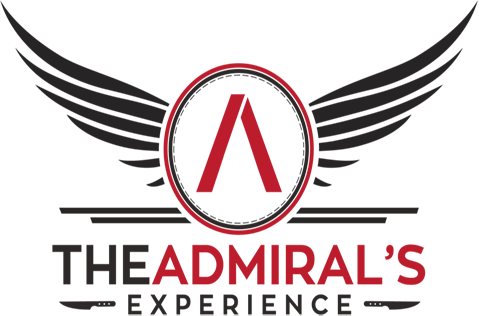
If you have children or helpful and controlling friends, and you’ve ever driven for a distance, you’ve probably experienced backseat driving. This is the voice from the passenger seat or, more traditionally, the rear of the car, that prods and pokes you along your journey. Sometimes it makes me cringe, and I discourage it by blasting my Michael Jackson playlist, because who wouldn’t be distracted by MJ, right?
But when I started my business and then expanded to an agency, I came to appreciate some of the old school, tried and true instructions and prompts from my backseat. My son and my mom may have been motivated by impatience. But if you remove the emotion from those phrases, they are quite helpful from a business perspective. Let’s start with a backseat-ism that’s used before we even get in the car.
“When Are We Leaving?”
I never met my grandfather, but I believe he had a strong planning gene, which he passed on to my mom and she, to me. His family was from Youngstown, Ohio, about 2400 miles from his home and mine in California. He was very faithful to accrue his vacation so that every other year he could take “the wife”, as he called grandma, and their 3 kids to visit his side of the family. It was a ritual. They would pack for a couple of days. Then load up the car and leave in the dark of night so that they would reach the warmer temperatures of Arizona and New Mexico in the cooler part of the day. This was necessary planning because air-conditioned cars hadn’t been invented yet.
In Business: Before you start, think about the timing of your launch.
Whether it’s a product or an entire business, timing is everything. You’ll want to do some market research about demand, building a new customer base tapping into an existing one, how and where you’ll be entering the market, physical and digital workspace, whether you supply chain is ready and organized, and other considerations, like how this launch meshes with what’ going on in your personal or family life. Learn what Eric Dickmann says about what to consider when determining the righ timing of your next product launch.
“Are We There Yet?”
One of the parts of my grandfather’s pre-road trip that is near to my heart involves a roadmap. He would take a roadmap acquired from the Automobile Club and mark it for the number of miles he expected to achieve each day, based on the number of hours driven between my mom and him. He identified rest stops along the way and motels from a company that served African Americans (yes, that was a thing back then), and he’d estimate at what points he’d need to stop and gas up for the next leg of the journey.
In Business: Before you start, plot your pathway, and the when, where, how, and who.
What my grandfather considered a trip plan in my world would be called a strategic or business plan. It’s so important in business to have a destination in mind and a way to get there. Also, estimating the duration of each portion of your journey, who would be involved and responsible for key actions and milestones, and how those strategies would be carried out. These are all critical ingredients for intentional, long-term success. Devra Gartenstein says the sense of direction provided by a strategic plan is important for every organization.
“Maybe We Should Stop and Get Directions”
My mom describes this backseat “suggestion” as a moment between my grandparents when my grandmother, seeing the same scenery multiple times, would suggest we stop for a coke at the local gas station. But, in fact, the motivation wasn’t thirst, but direction. Where the heck were we? Seems we got off track. Time to pull over and get some direction so we can get back with the plan. We might need to try to make up some time as well. Of course, she would never say any of this directly to her husband. Sometimes a little diplomacy is in order when your loved one makes an error.
In Business: Routinely check progress and reassess plans, then make necessary changes.
Herein lies the power of the plan again. Sure, anyone can get lucky and get a one-time win or even a wave of good fortune without a plan. But long-term outcomes are driven by understanding where you are, where you want to go, how to get there most efficiently, and who harnessing the contributions of key players. Then checking in routinely, on a monthly, quarterly, or annual basis can reveal whether your assumptions and strategies achieved the growth you anticipated. If not, there’s no shame and good practice to stop and re-evaluate, redirect programs and resources, and reassign roles. That way your plan is more than a book on a shelf or a pretty web page, it’s a living, breathing guiding framework for you, your staff, vendors, and partners.
Final Thoughts: What Drives Your Success?
Maybe you have great vision and big ideas but can’t seem to make them come to life. Or you have great operations but don’t seem to be growing in any way or in any direction. It’s amazing how operations, progress, growth, and even creativity can be driven by a plan. And this isn’t a huge, complicated act, necessarily. But a plan, complete with strategies and objectives and measurements that put your vision and mission into action, can make all the difference for your business.
CSD Marketing and Consulting can help you develop a strategic, business, marketing, or product launch plan in as little as 8 hours over 2 days. We can customize the process and the output to meet your needs and resources. With considerations for health and safety, we can come to you, or work online. If you’re ready to do business, or market your business, or launch your next product, let’s connect. Tell us what drives your success in this quick survey. In the meantime, in keeping with our driving theme, here’s a classic from Aretha Franklin and her Pink Cadillac. Now let’s GO!
